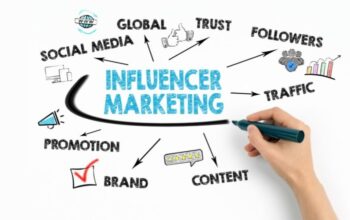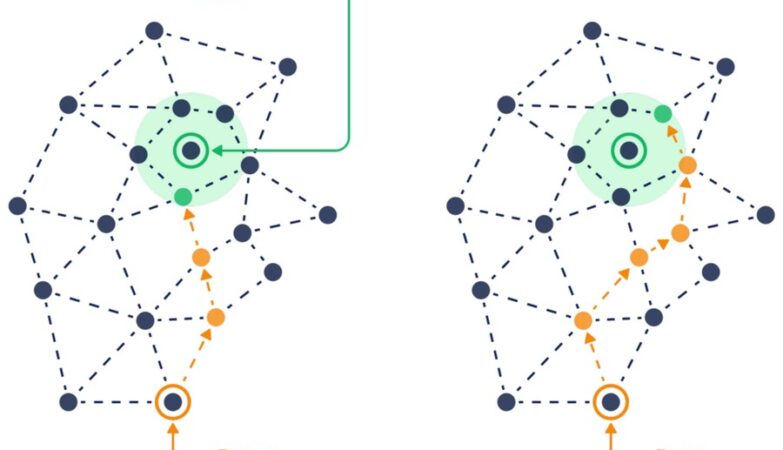Sales intelligence and sales enablement are frequently mentioned together, but they each serve unique purposes within the sales process. While sales intelligence is primarily focused on gathering and utilizing data to provide actionable insights, sales enablement is centered around equipping teams with the necessary tools, training, and resources to effectively convert prospects into customers. Though distinct, these two concepts work hand in hand to drive overall sales performance.
To better understand the relationship between sales intelligence and sales enablement, consider the structure of a professional sports team—or any competitive sports organization. Sales intelligence is comparable to the detailed data collected on athletes, opposing teams, weather conditions, playing surfaces, and even audience demographics. This historical and real-time information empowers coaches and team managers to craft strategies that increase the likelihood of success. On the other hand, sales enablement functions like the team’s coaching staff, training programs, cutting-edge facilities, specialized equipment, and the financial investments that fuel continuous development. Many high-level sports organizations, including those at the professional and collegiate levels, leverage advanced technology and analytical models to seamlessly integrate intelligence with enablement, ensuring optimal performance.
Within industries that rely on complex data, such as commercial real estate, both sales intelligence and sales enablement play a crucial role in helping sales development representatives (SDRs) navigate competitive markets.
What Is Sales Intelligence?
Sales intelligence involves the process of collecting, analyzing, and applying data to enhance the efficiency, effectiveness, and success of sales teams. Various intelligence-driven solutions are designed to streamline the sales cycle, enabling SDRs to identify connections between data points and potential customers. By leveraging these resources, sales teams can better prioritize leads and make informed decisions on how to engage them.
Examples of sales intelligence include:
- Platforms for managing customer relationships
- Competitive research and analysis
- Market and industry trend assessments
- Predictive sales analytics and forecasting
- Lead evaluation and ranking based on multiple criteria
- Demographic insights to refine outreach strategies
When used effectively, sales intelligence equips sales professionals with the knowledge needed to optimize their efforts, while sales enablement ensures they have the proper support and resources to act on that knowledge. Together, they form a powerful combination for improving sales outcomes.
Defining Sales Enablement: Equipping Sales Teams for Success

Sales enablement encompasses the strategies, training, and resources provided to sales teams to enhance their effectiveness and improve overall success rates. This involves ensuring that sales professionals are not only knowledgeable about the products or services they represent but also well-informed about competitors and industry trends. With the right sales enablement approach, sales teams can confidently engage prospects, tailor their messaging, and drive meaningful conversations that lead to conversions.
Examples of sales enablement include:
- Ongoing coaching and mentorship programs
- Comprehensive product and service reference guides
- Pre-designed email templates for outreach and prospecting
- Research-based white papers and case studies
- Sales playbooks with strategic selling techniques
- Customer testimonials that highlight success stories
- Detailed customer personas to refine targeting strategies
The Integration of Sales Intelligence and Sales Enablement in a Data-Driven Industry
In industries that rely on vast amounts of data, such as commercial real estate, combining sales intelligence with sales enablement is essential. Markets that involve complex business relationships require professionals to identify, reach, and engage key decision-makers efficiently. The challenge lies in determining the right timing, approach, and channels for meaningful connections.
An effective sales prospecting system seamlessly integrates intelligence with enablement, minimizing the time spent sorting through extensive datasets. Traditionally, sales professionals and business development teams have relied on multiple data sources to gather information about decision-makers—sources that may contain outdated or incomplete data. This often leads to manual cross-checking through company websites, social media profiles, professional directories, public records, and other sources, making the research process both time-consuming and costly.
The key to improving prospecting efficiency is utilizing a centralized system that eliminates the need for fragmented research across various platforms. Many sales intelligence and sales enablement solutions focus narrowly on providing contact details without delivering broader industry insights that connect the dots. For sales teams to maximize their effectiveness, they require access to both detailed individual-level data and comprehensive industry intelligence. This is particularly true in highly competitive, data-heavy fields, where success depends on having accurate, up-to-date information combined with the right strategies and tools to act on it.








